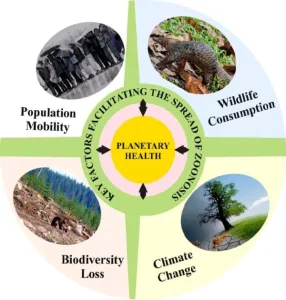Major Study Links Air Pollution to Menstrual Cycle Irregularities
A groundbreaking study, the largest of its kind, has revealed a significant connection between air pollution and menstrual cycle health. Researchers from MIT, the University of Colorado Denver, and the Clue app collaborated to analyze a massive dataset of 2.2 million menstrual cycles. This comprehensive analysis spanned 230 cities across the United States, Mexico, and Brazil, providing a broad perspective on the issue.
Key Findings of the Research
The study, published in the esteemed journal The Lancet Planetary Health, uncovered a clear correlation between exposure to higher concentrations of air pollutants and irregularities in menstrual cycles. The findings suggest that air pollution may be a contributing factor to various menstrual health issues experienced by individuals worldwide.
Specific Pollutants of Concern
- Particulate matter (PM2.5): Fine inhalable particles, often from combustion sources.
- Nitrogen dioxide (NO2): A gas primarily from vehicle emissions and industrial activities.
Observed Effects on Menstrual Cycles
- Increased cycle length variability
- Potential disruptions in ovulation
- Other menstrual irregularities
Implications for Public Health
These findings highlight the urgent need for improved air quality and public health interventions. The study underscores the far-reaching impact of environmental factors on women’s health, emphasizing the importance of addressing air pollution as a critical public health concern.
Further Research Needed
While this study provides compelling evidence, researchers emphasize the need for further investigation to fully understand the underlying mechanisms by which air pollution affects menstrual health. Future studies could explore specific biological pathways and identify potential interventions to mitigate these effects.
Final Words
This large-scale study provides compelling evidence linking air pollution to menstrual cycle irregularities. It serves as a crucial reminder of the interconnectedness of environmental health and women’s reproductive well-being, calling for proactive measures to reduce air pollution and protect public health.




+ There are no comments
Add yours